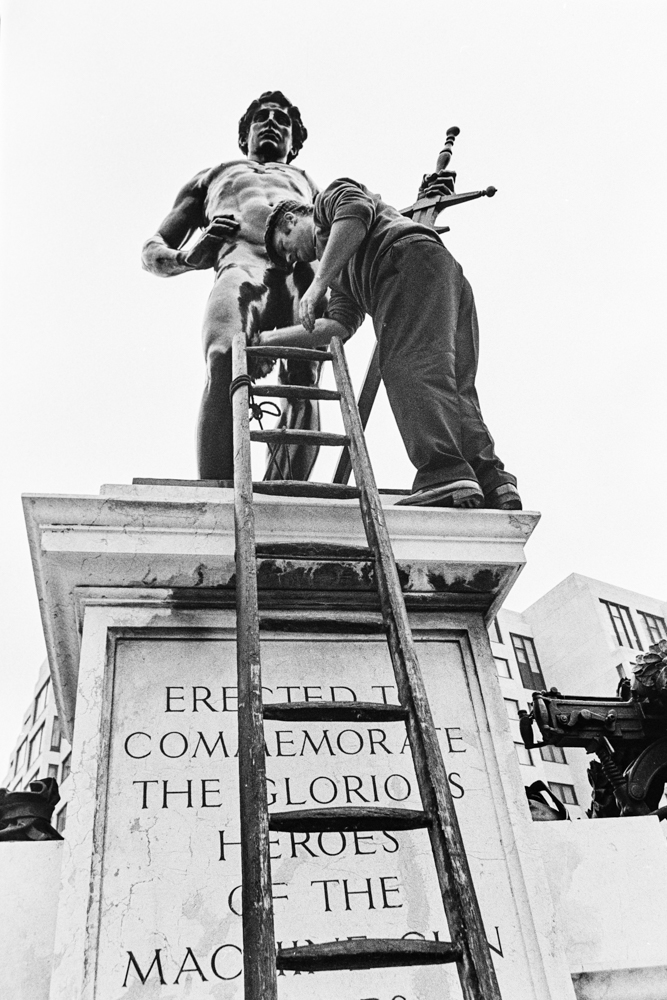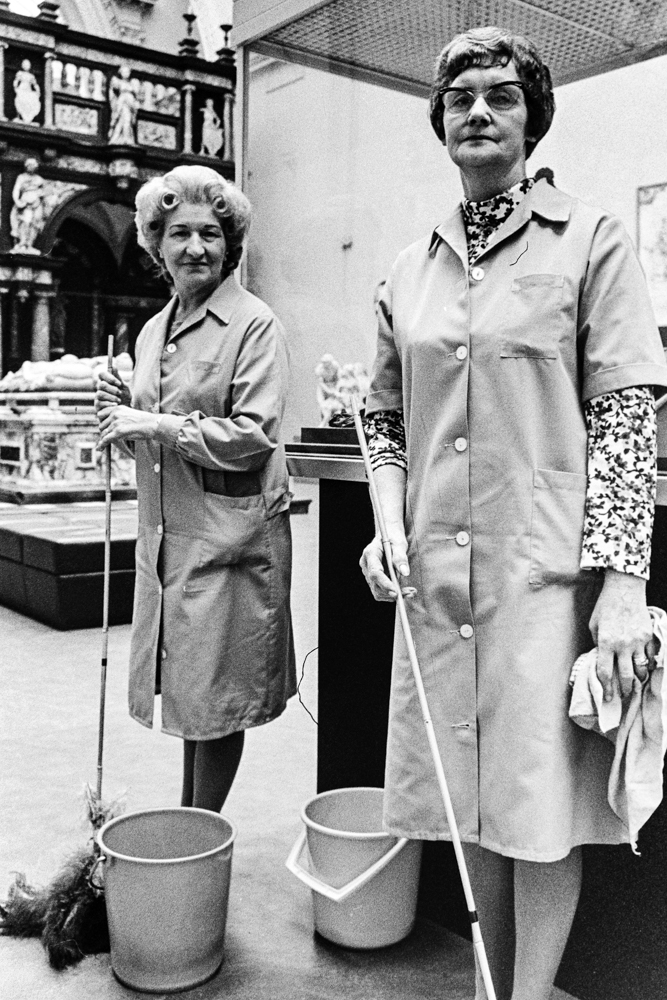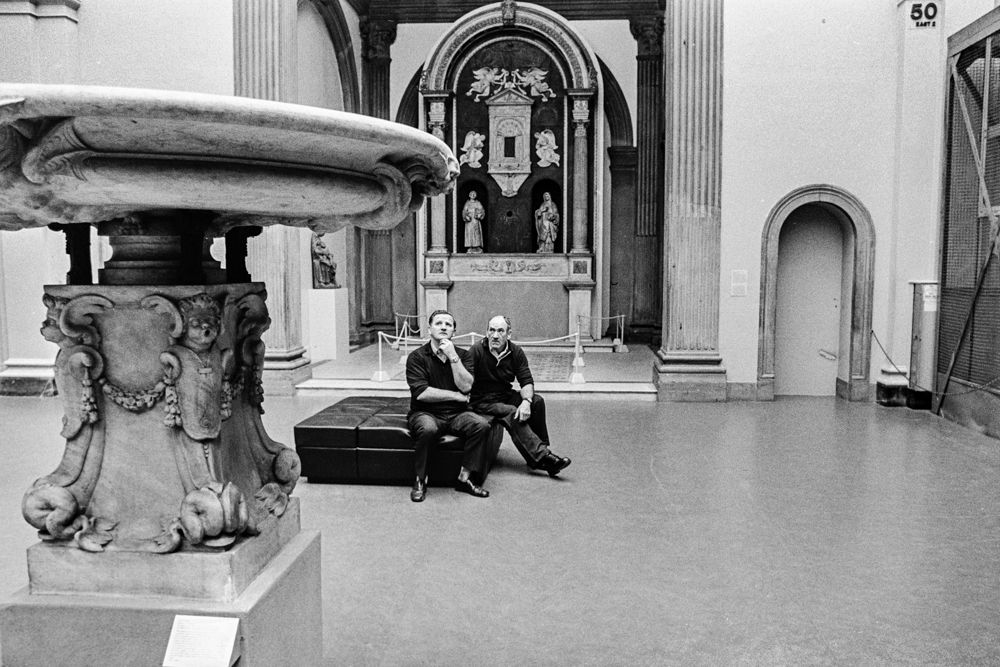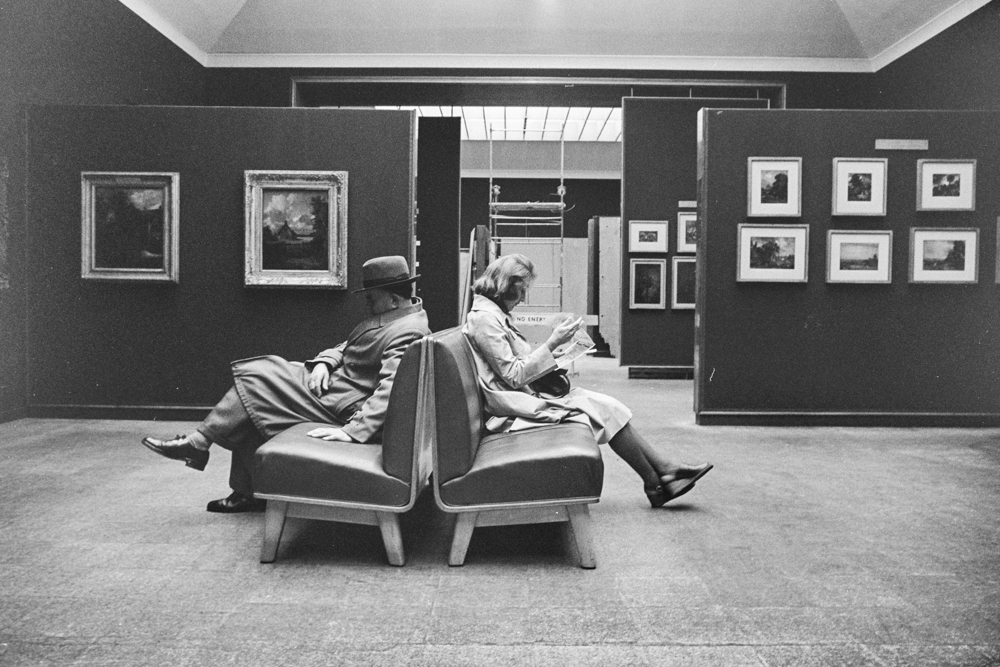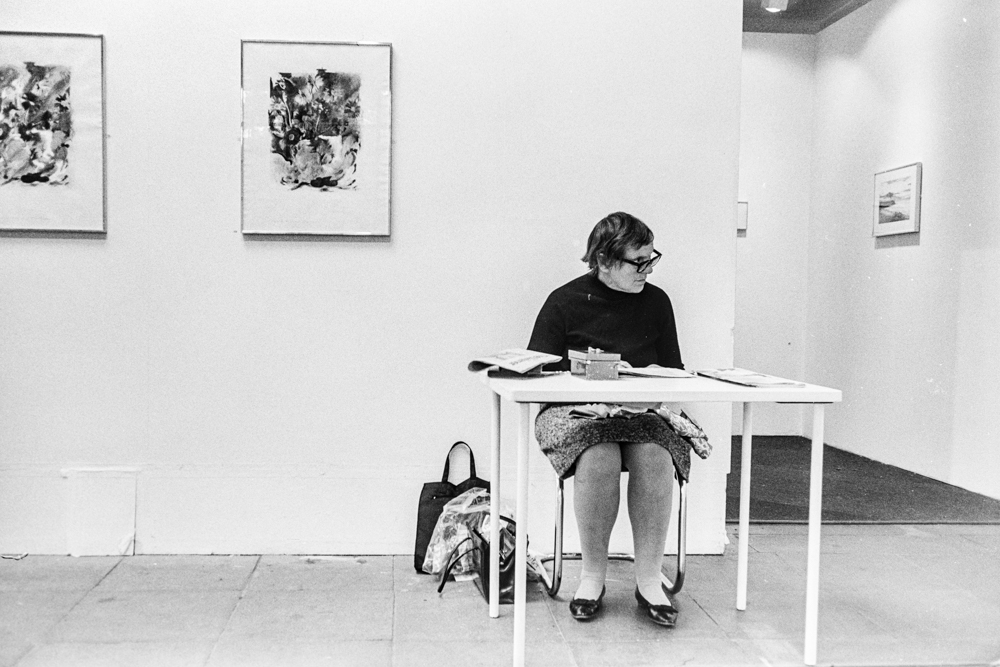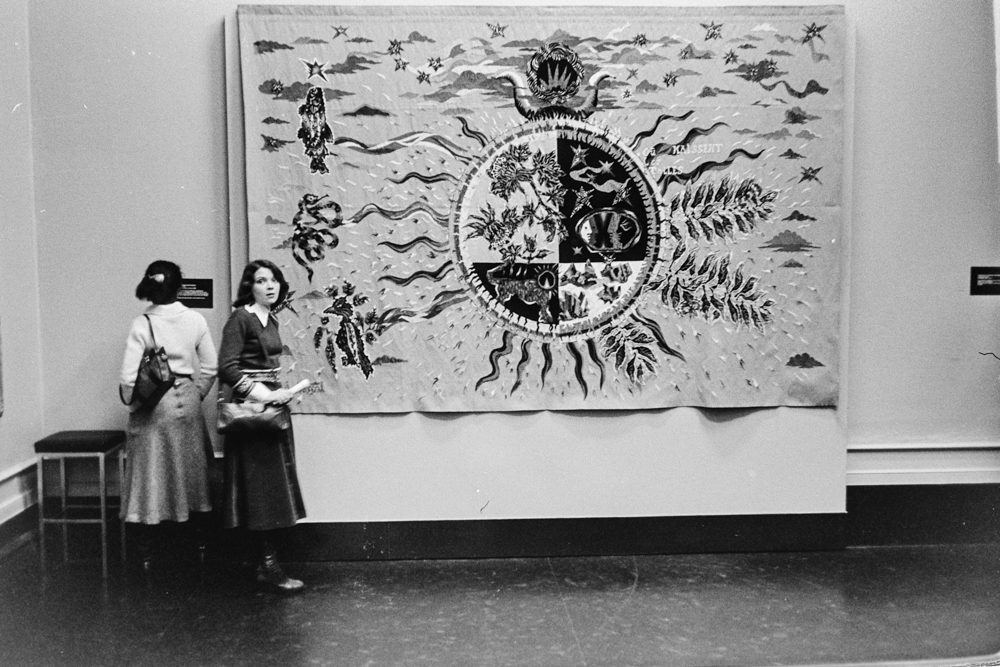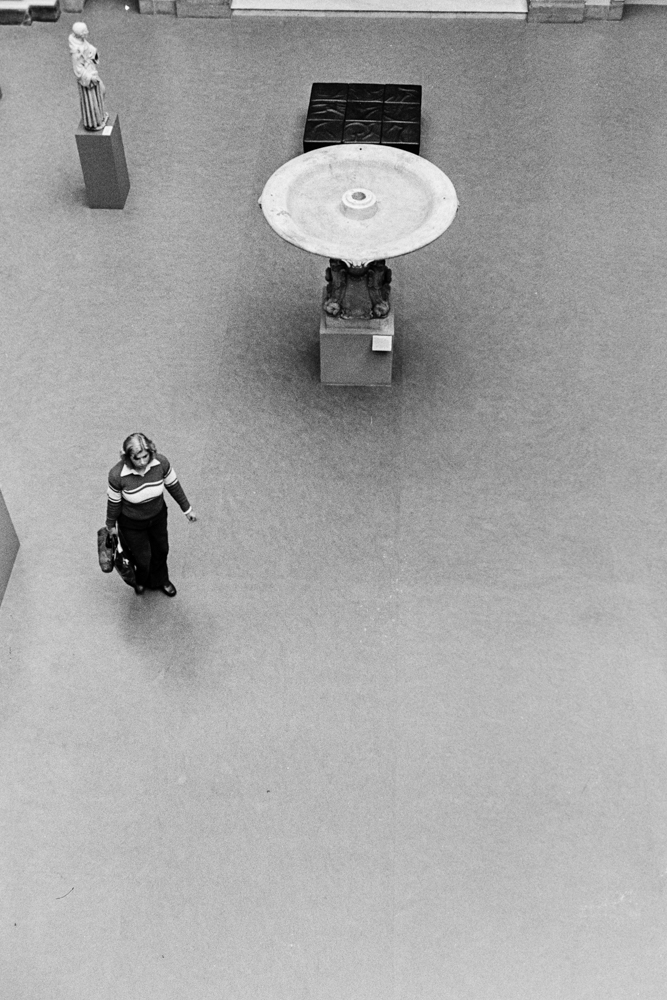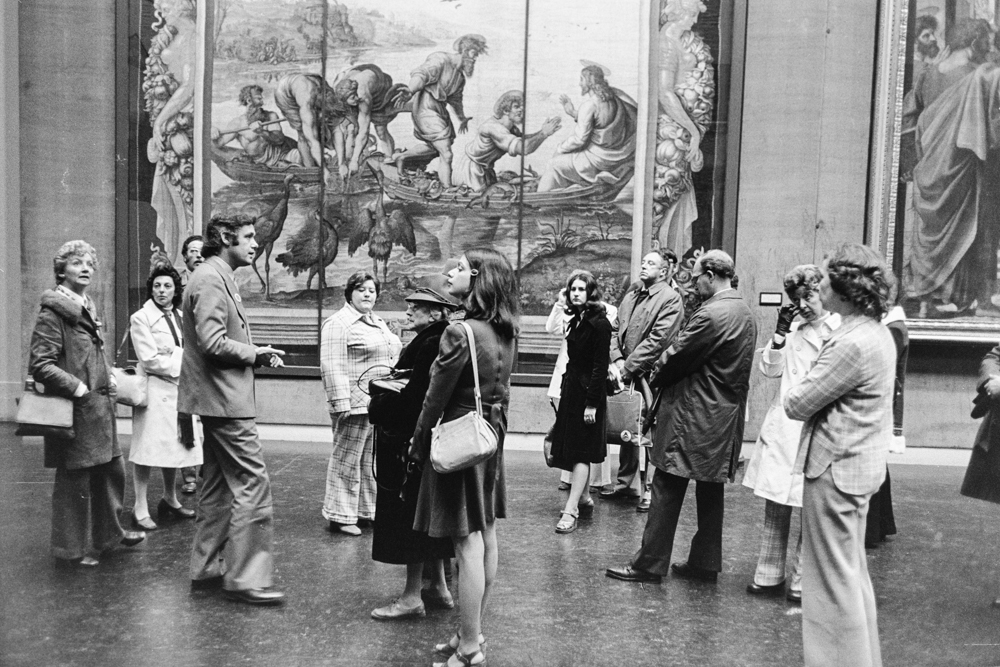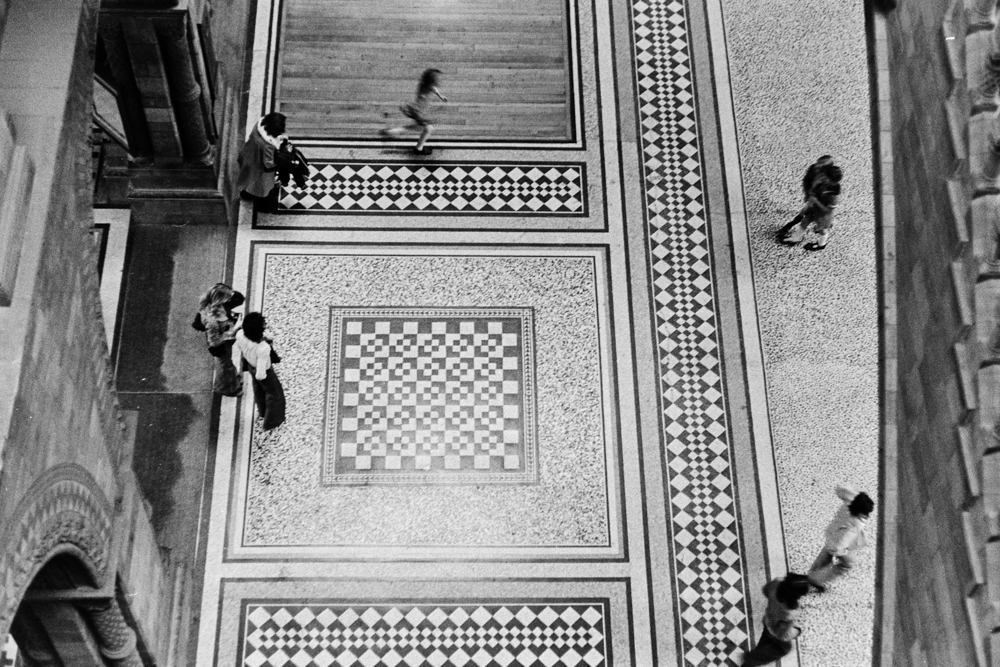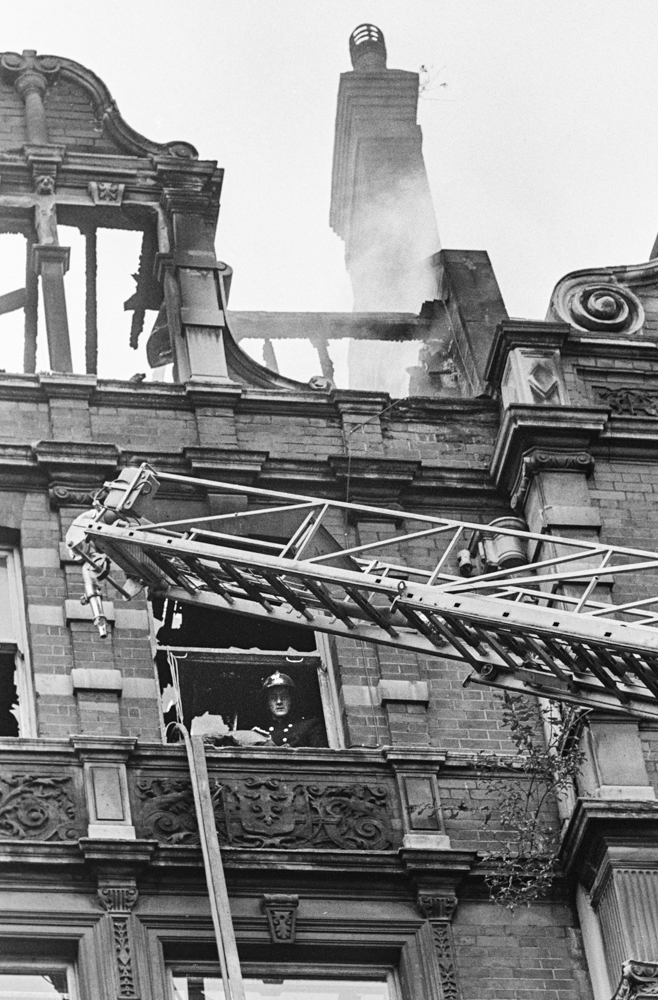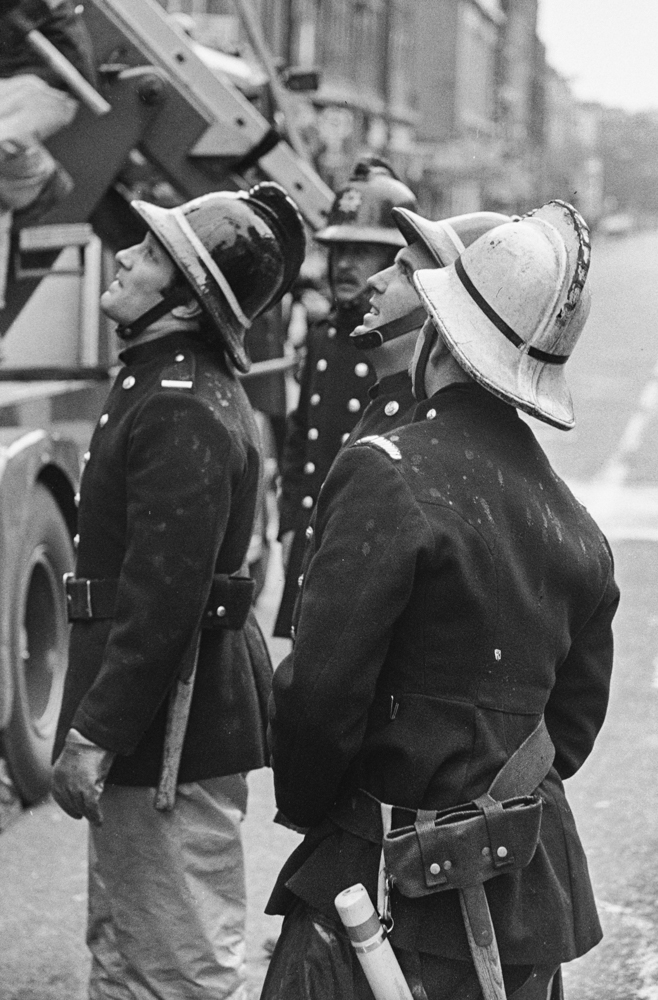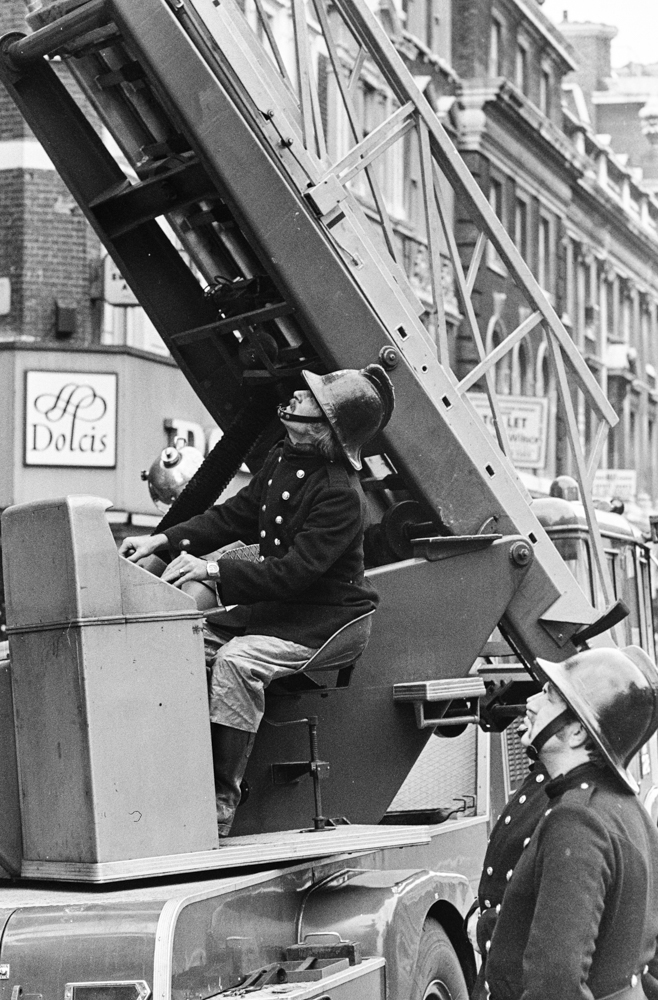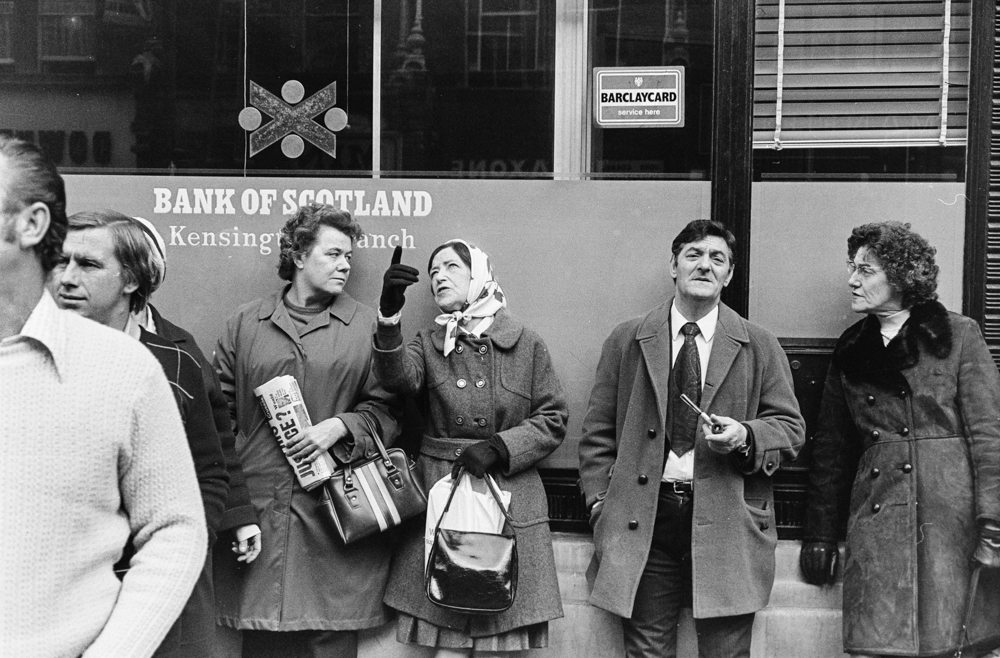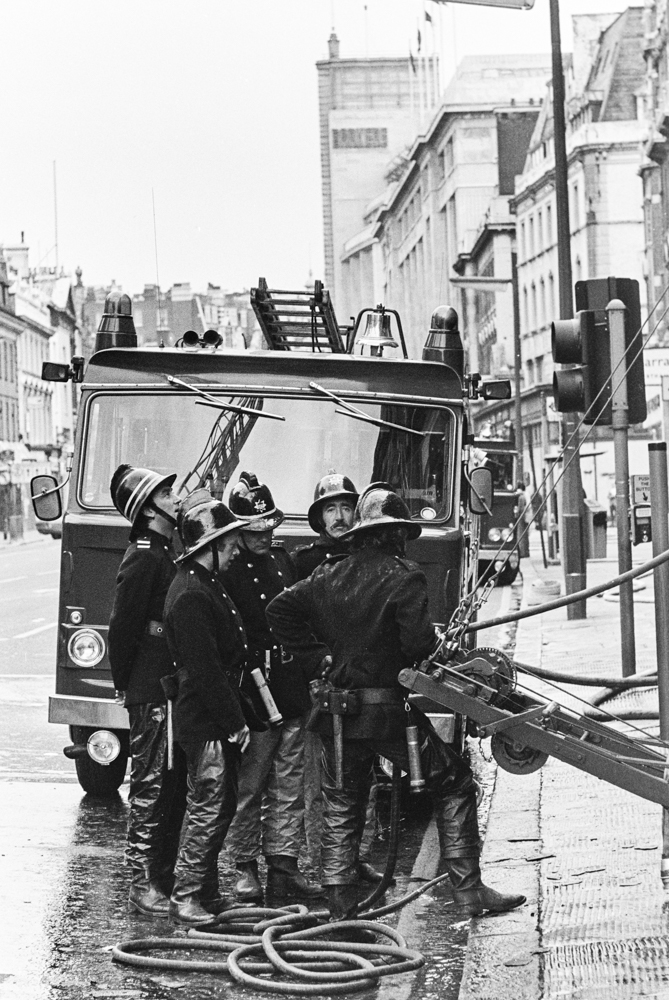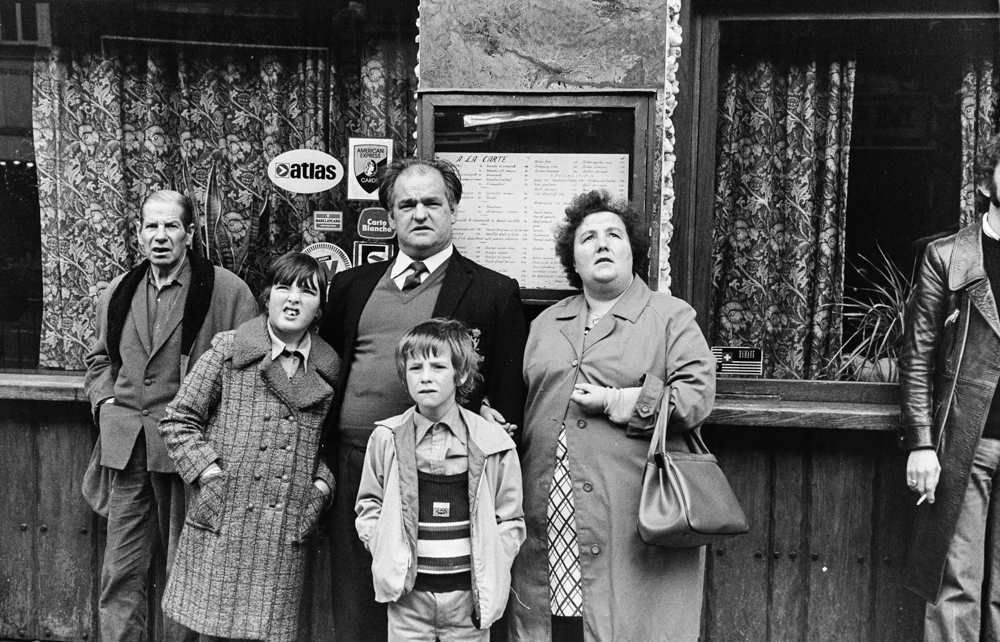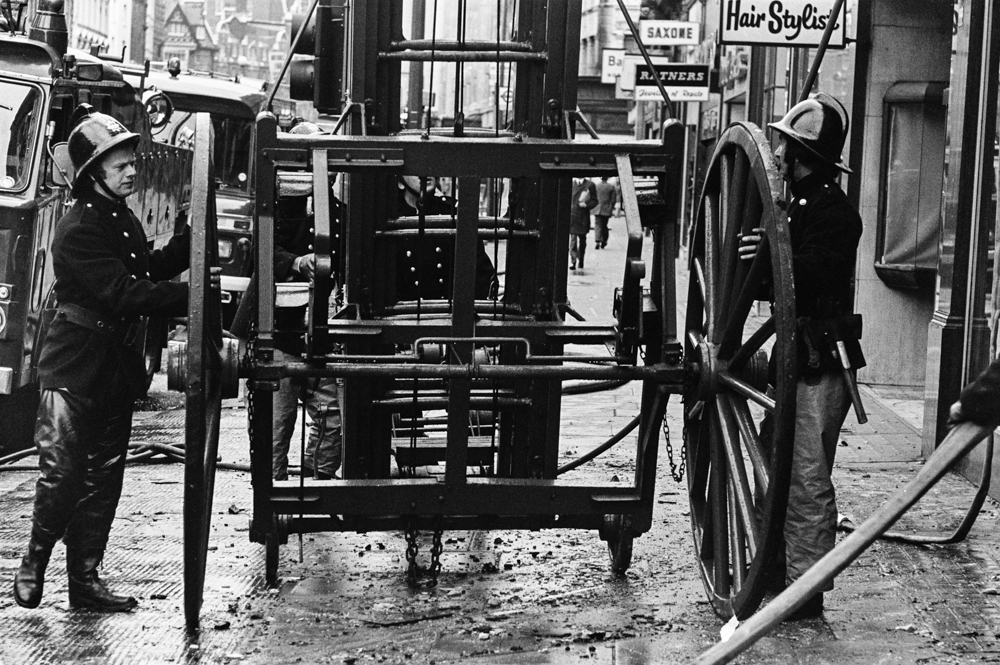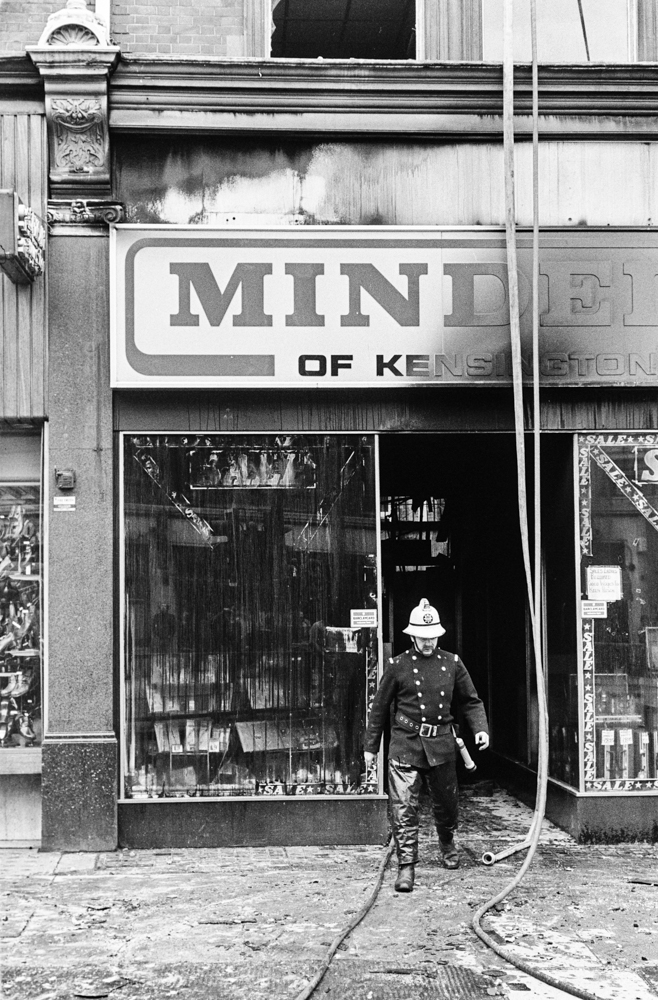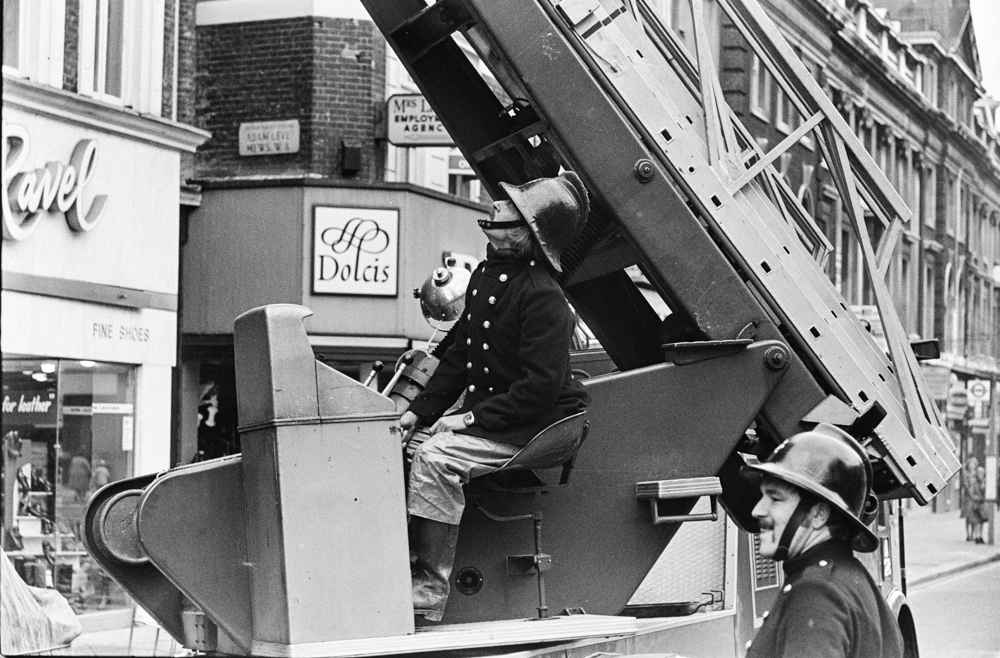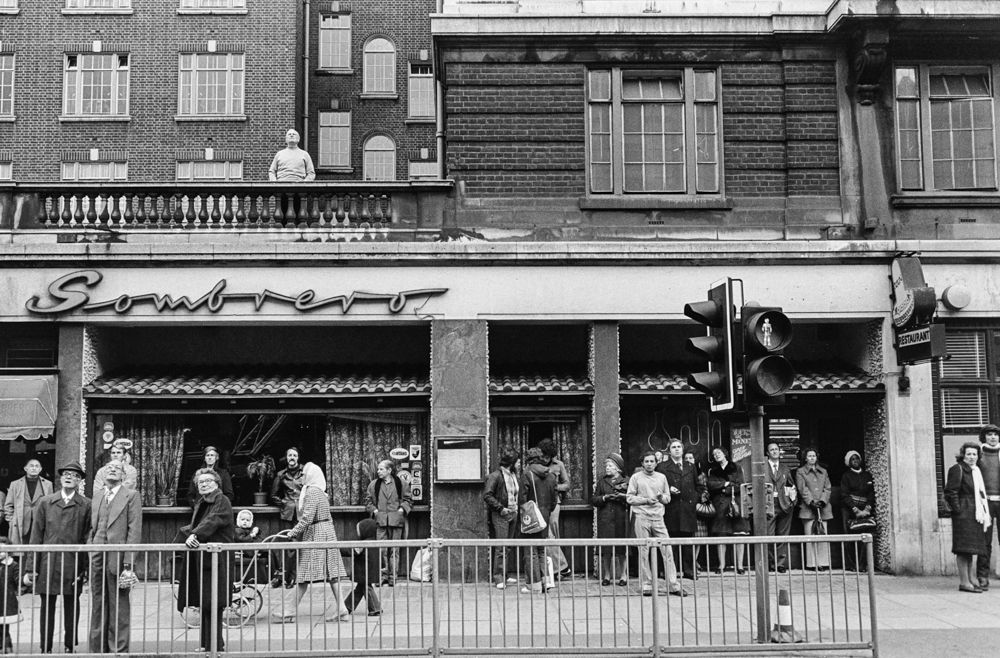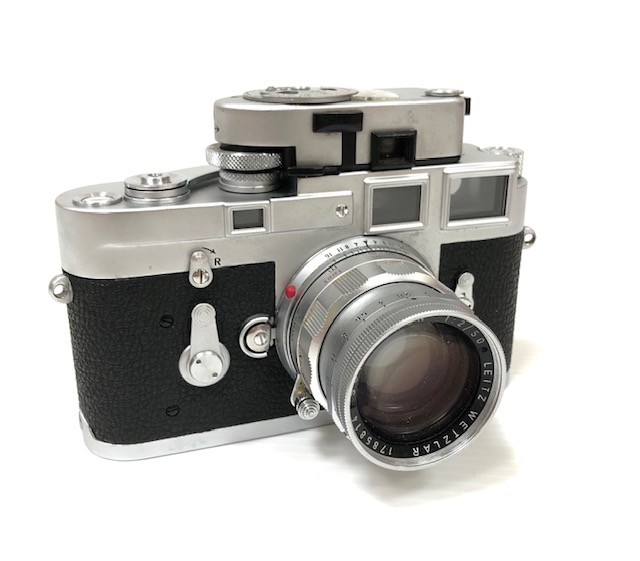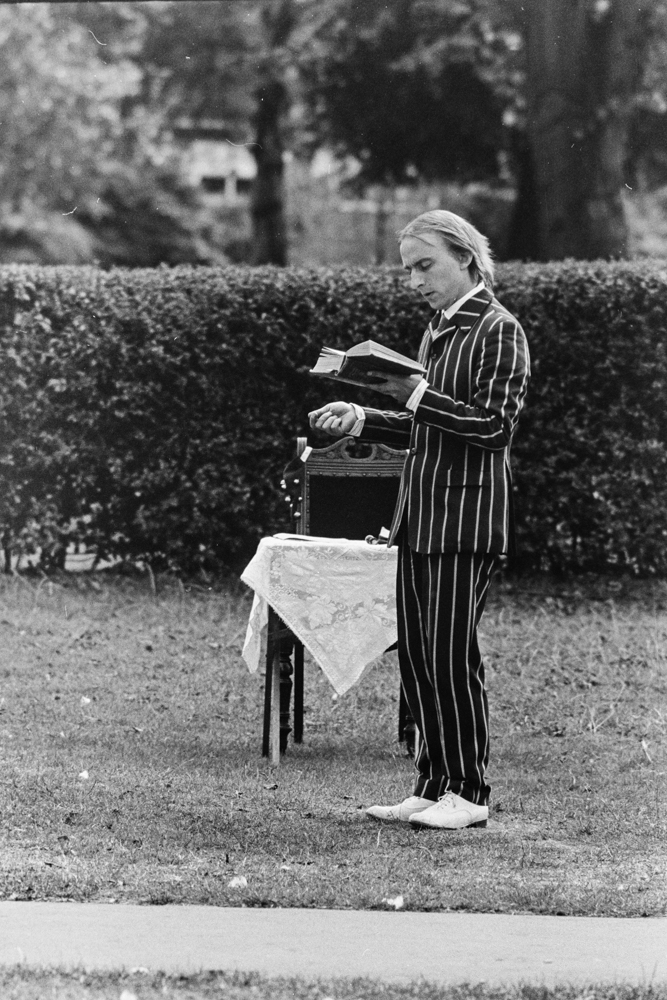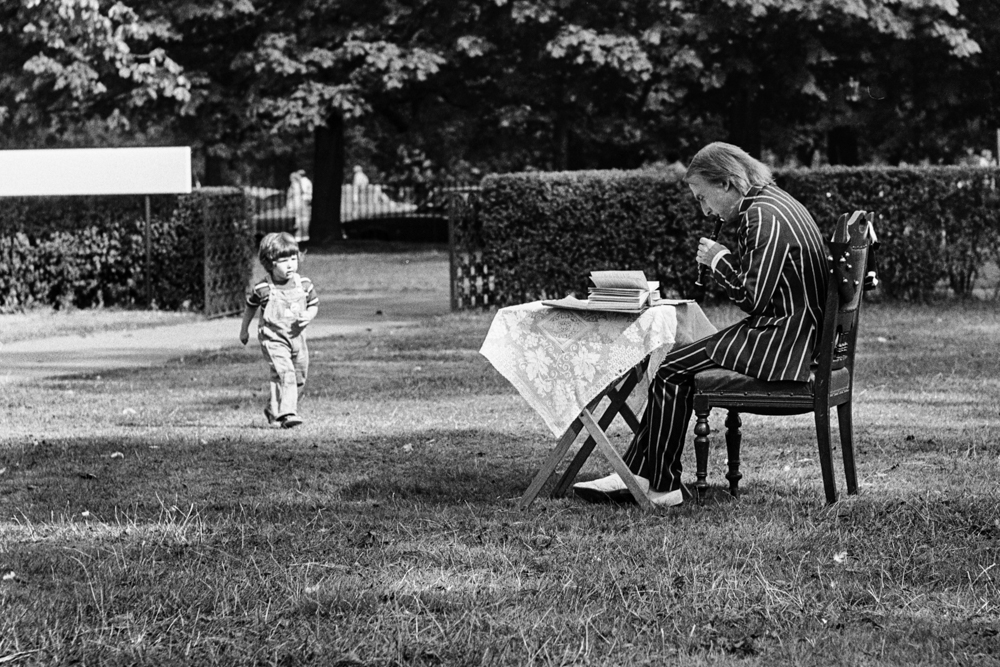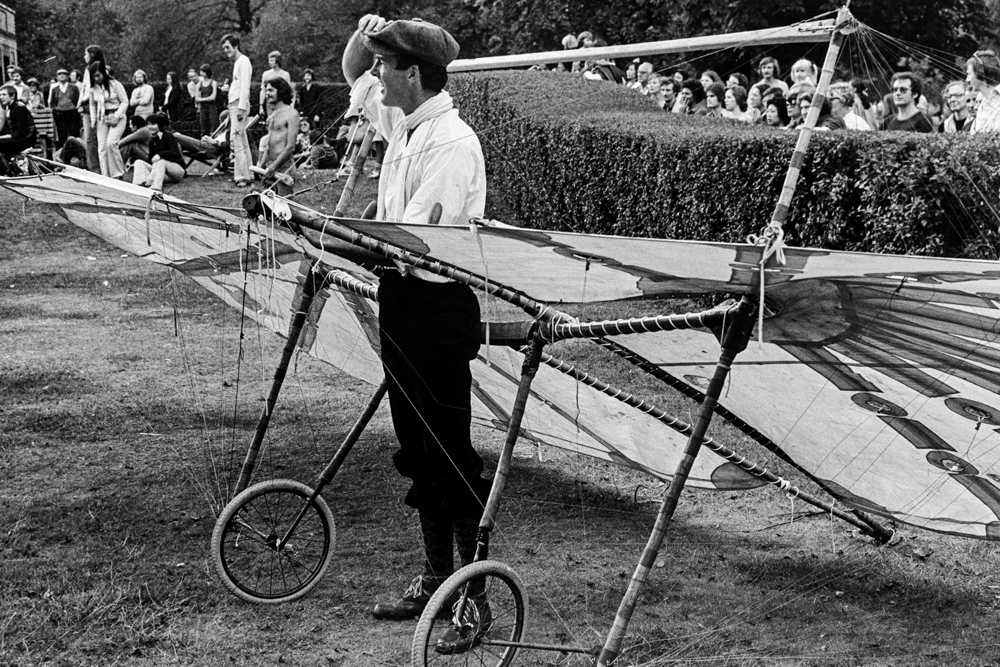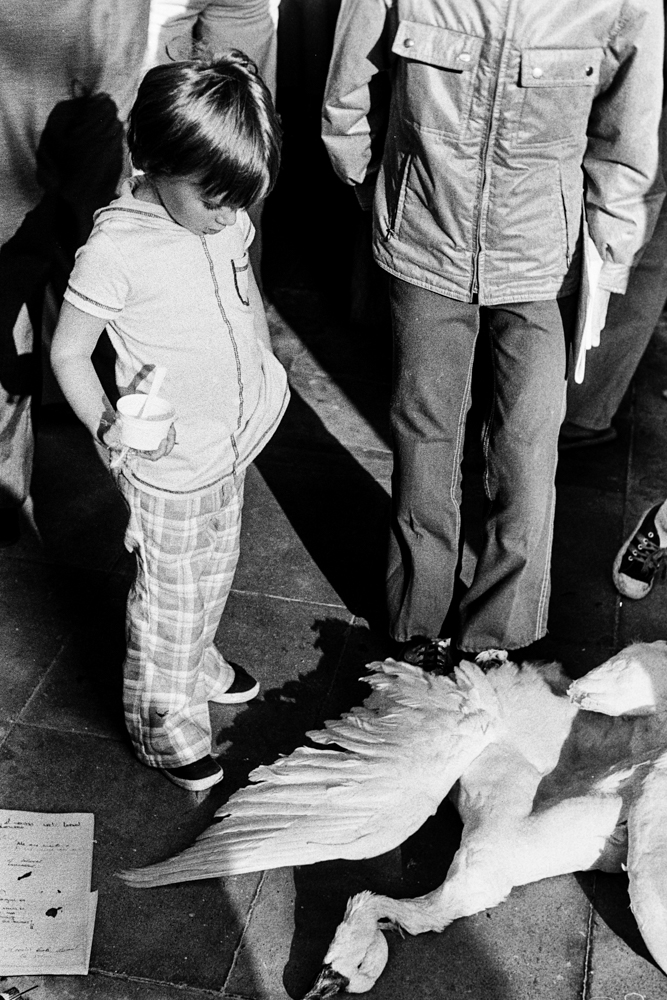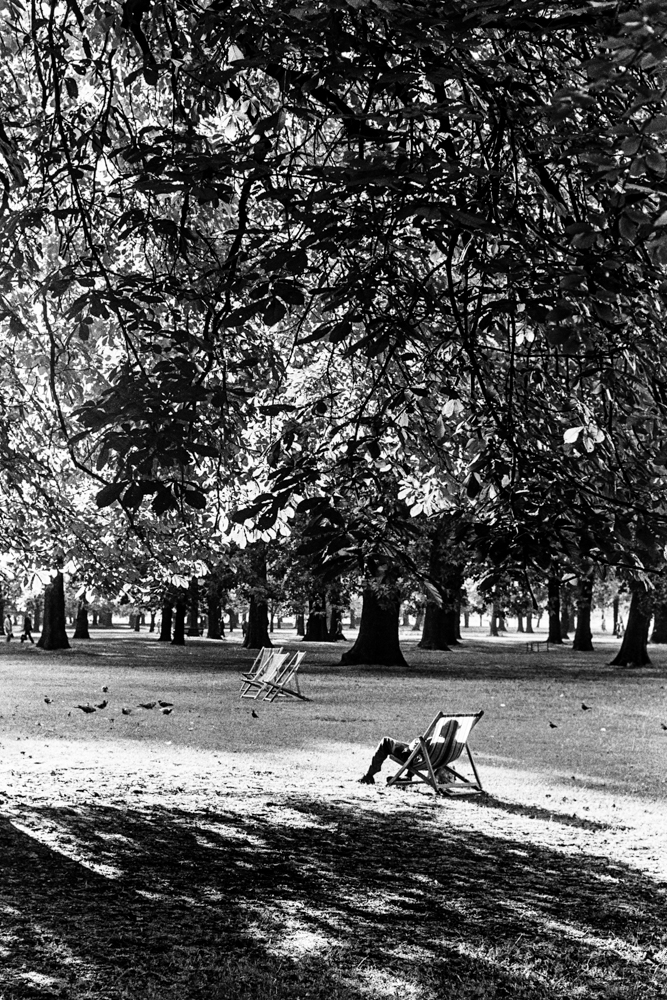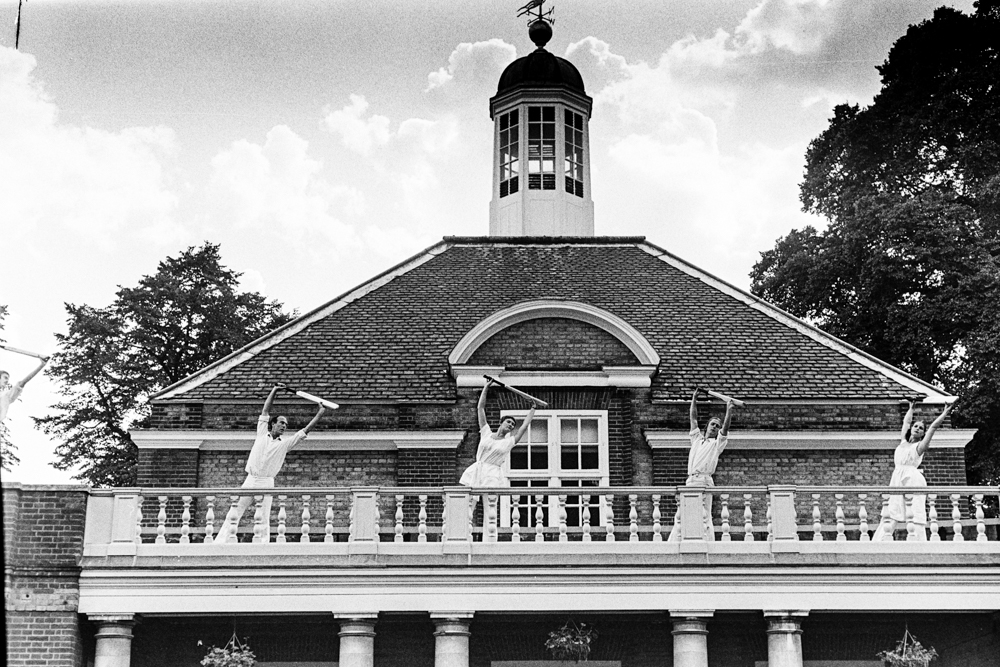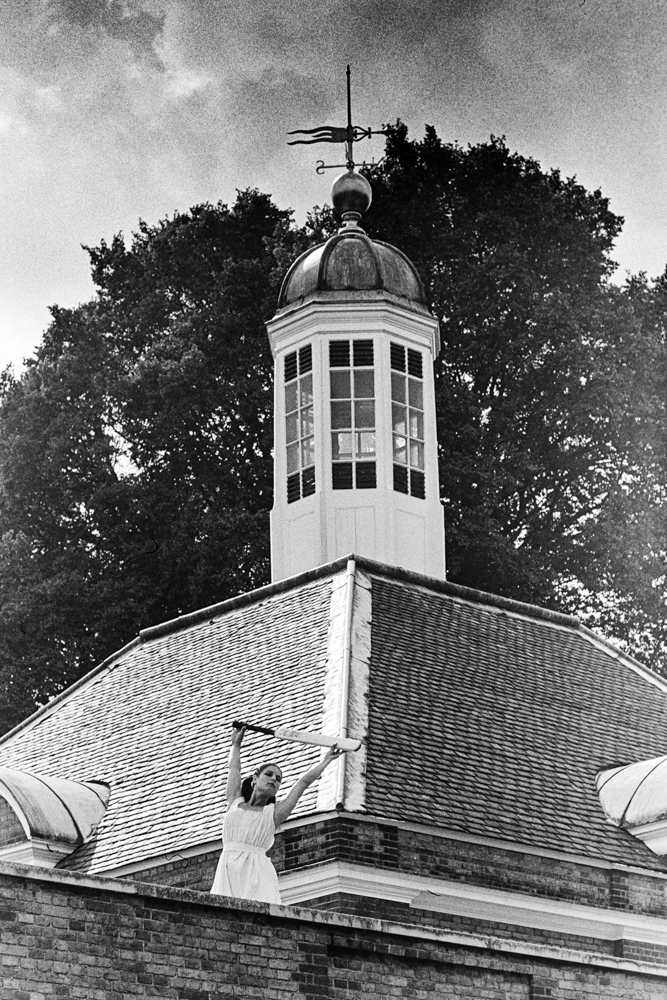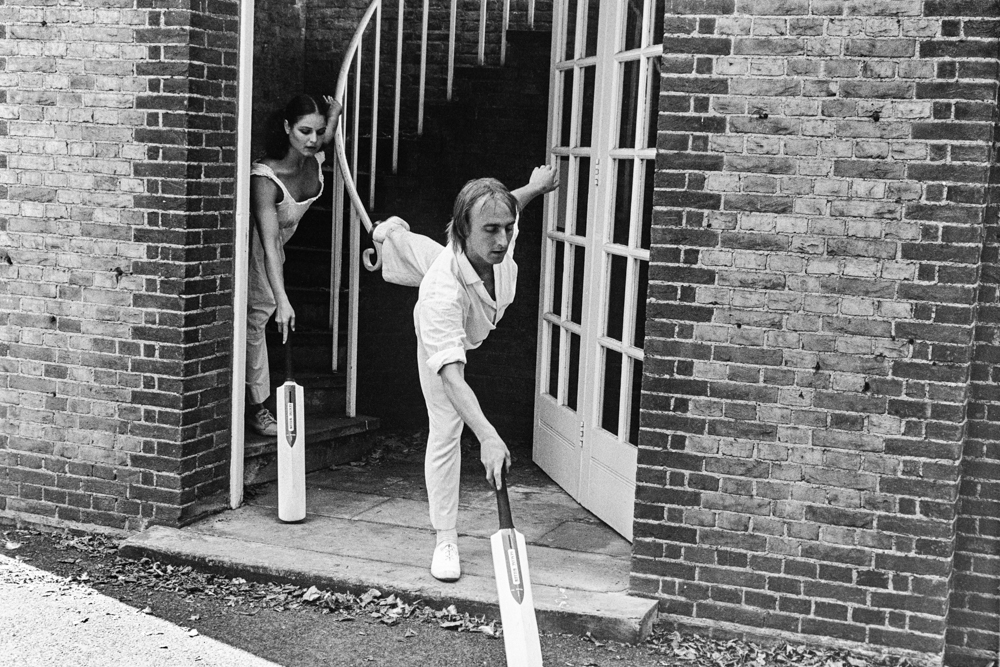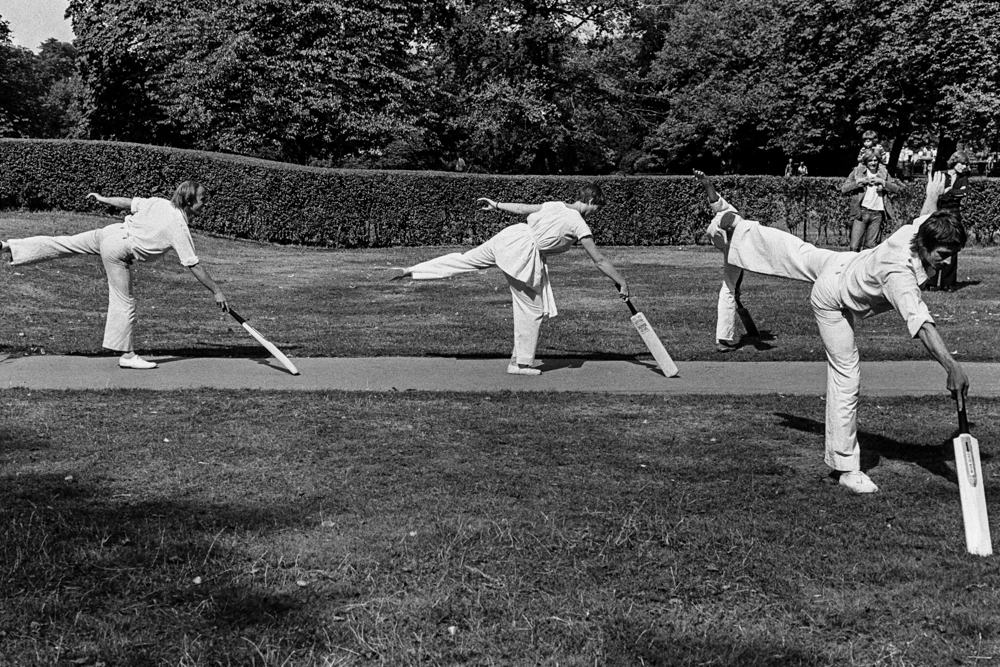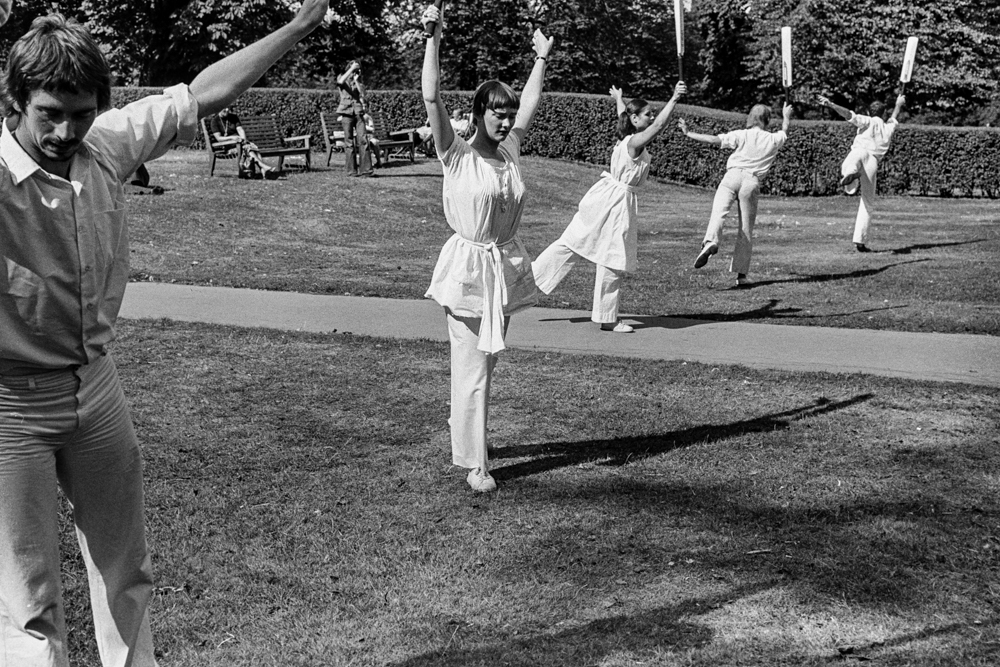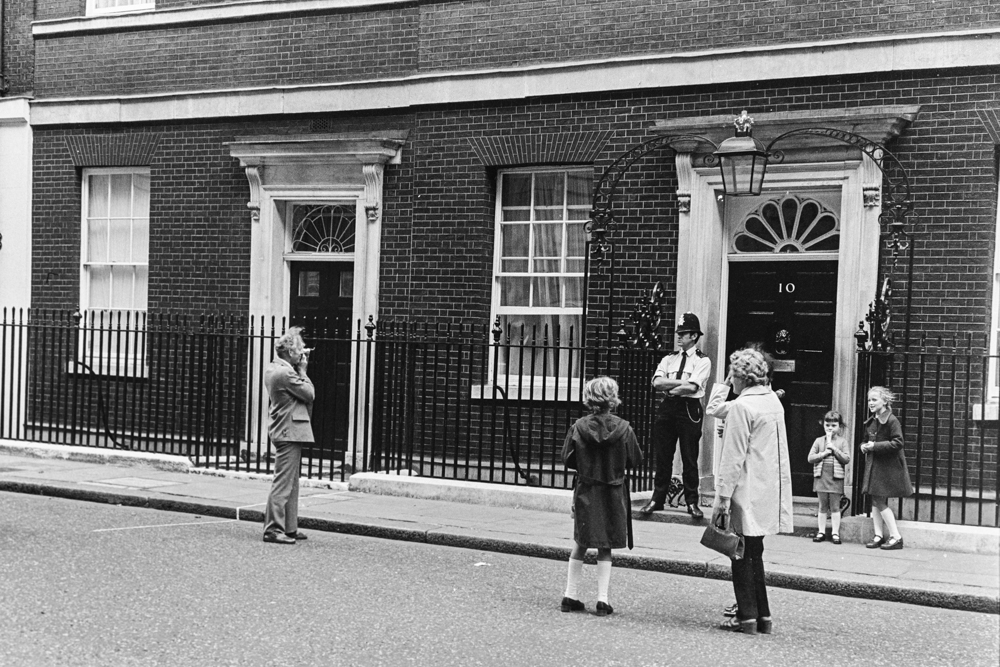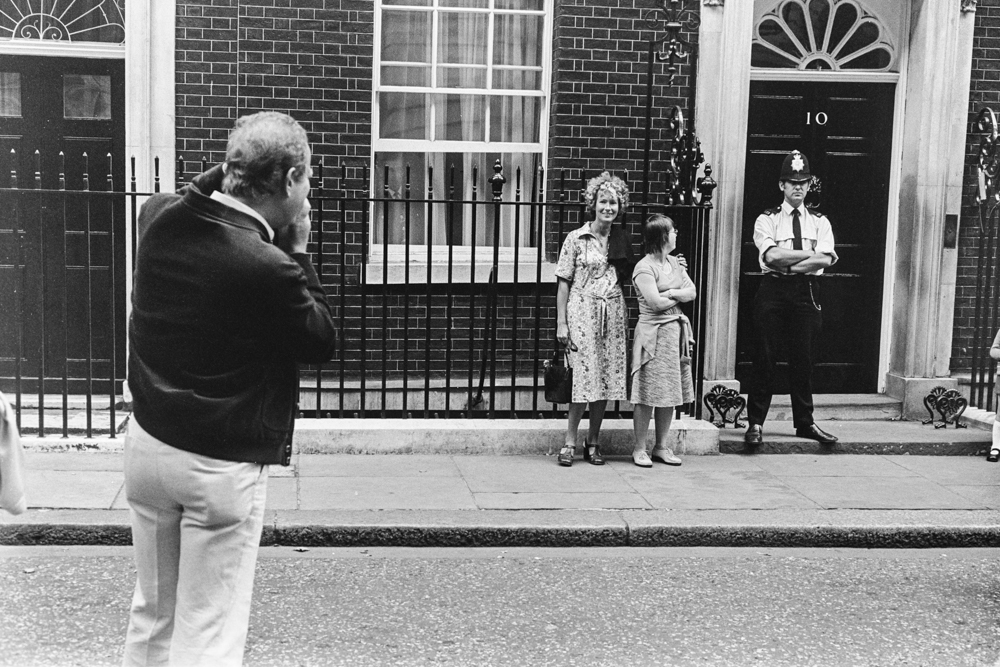Last days for the trendy.
You can read the sad story of hubris that was the Biba boutique here. What was a trendy small boutique clothing store selling cheap schlocky fashion over-expanded into huge former department store premises on Kensington High Street and went spectacularly bust a couple of years later.
It was so dark in there you could barely make anything out, which seemed to me to deny the first rule of retail: Show the merchandise.
This was the first roll of TriX in my newly acquired Nikon F. This was a true beater, very much on its last legs, acquired for all of £50, but the charisma of the bruised, battered and worn body got me through the day, paired with a half decent Vivitar 28mm f/1.9 lens which was actually not half bad at full aperture, which is how these snaps were made in September, 1975.
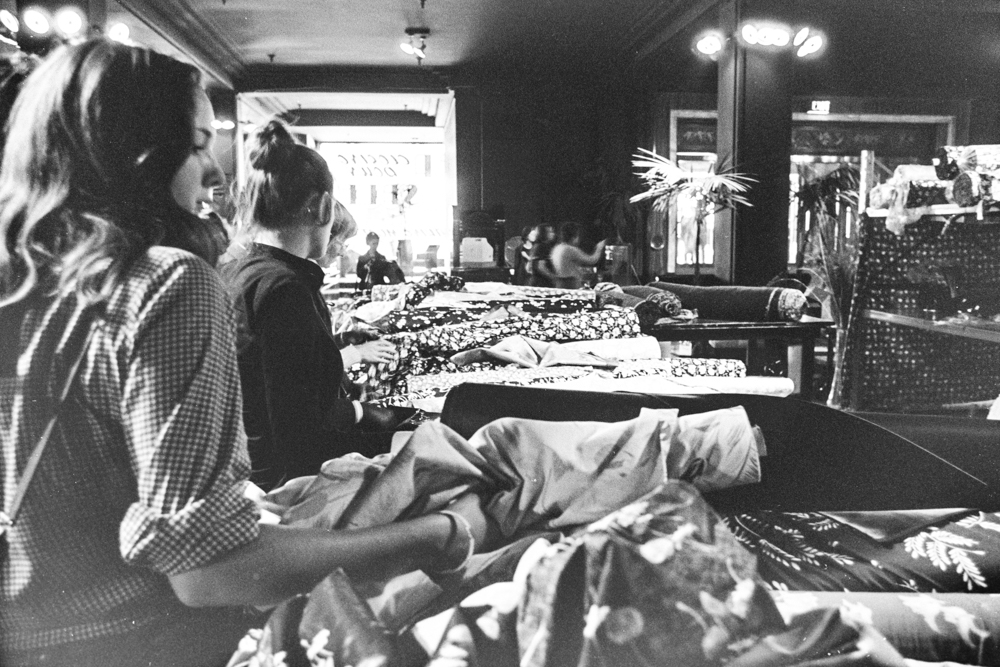
Goods were strewn all over the place with zero sense of order.
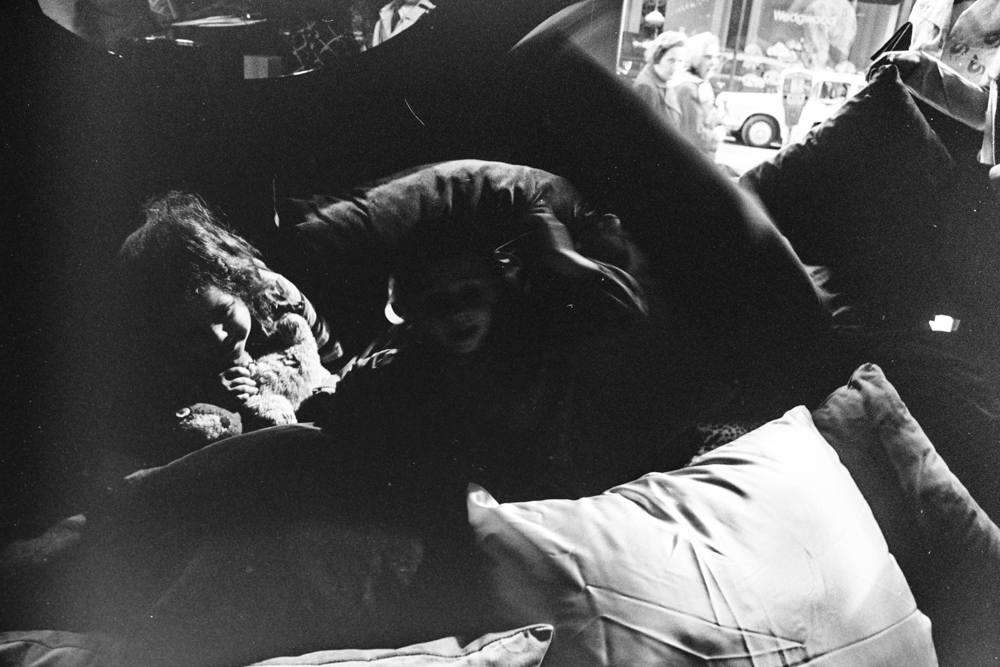
Children’s play area – a great use of high priced retail space.
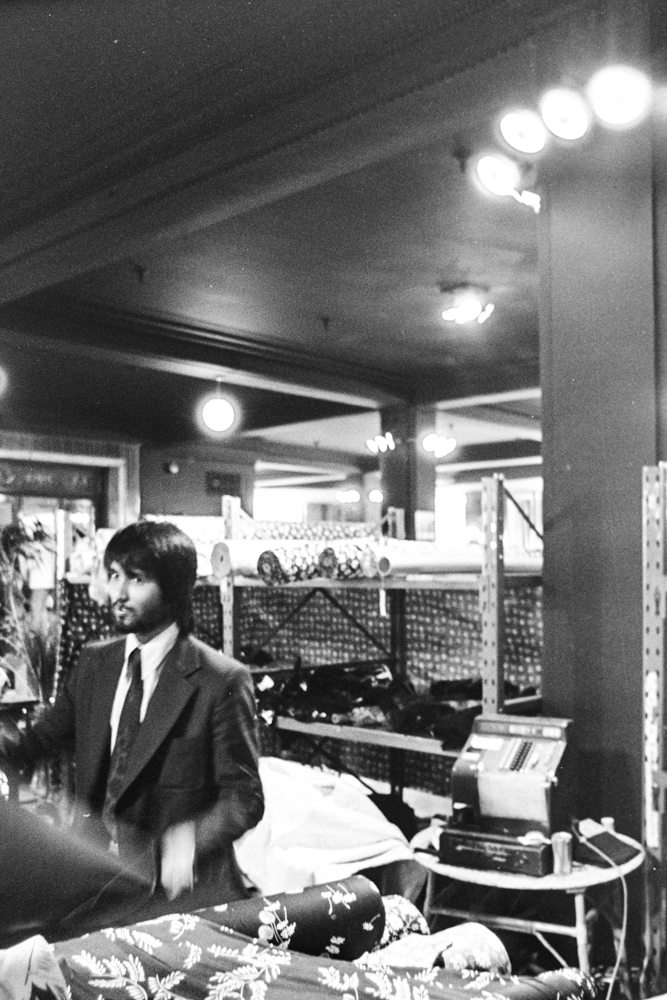
The George Best** look.
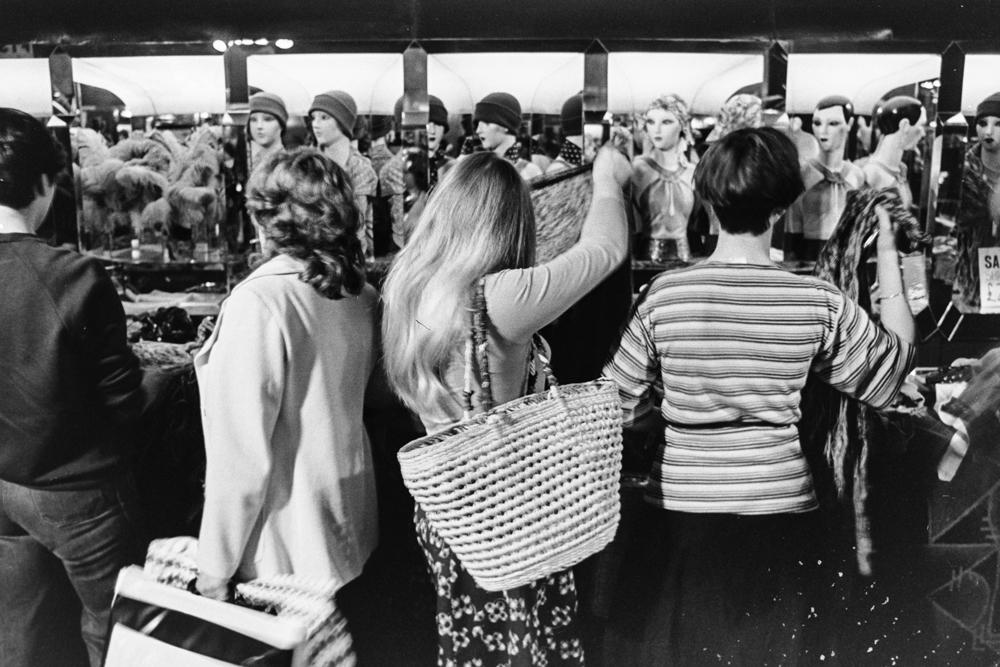
The theft here in the gloom was alone enough to put the place under.
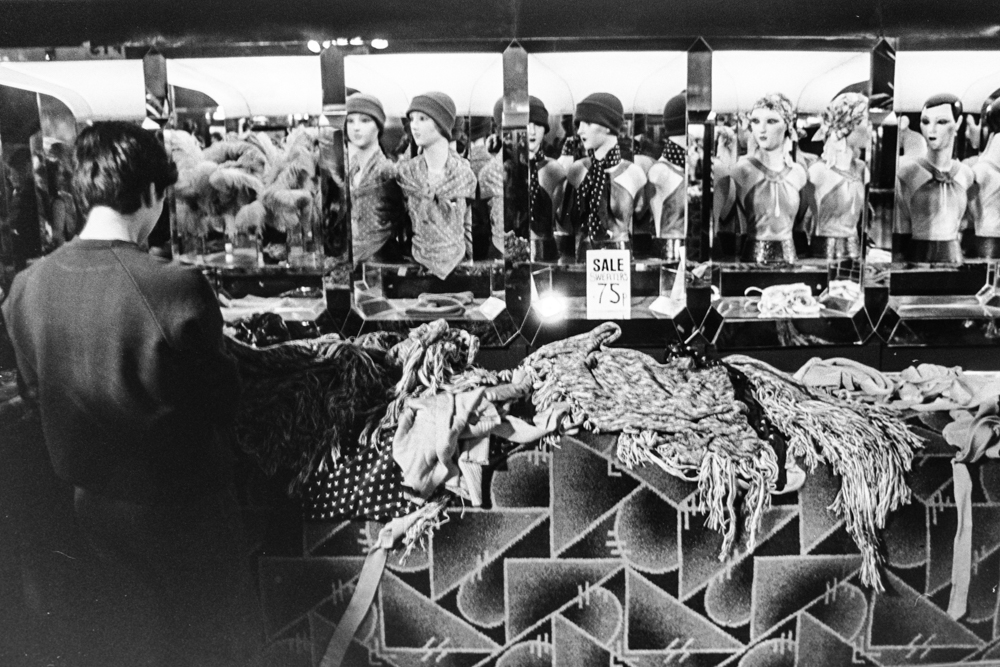
Mannequins galore.
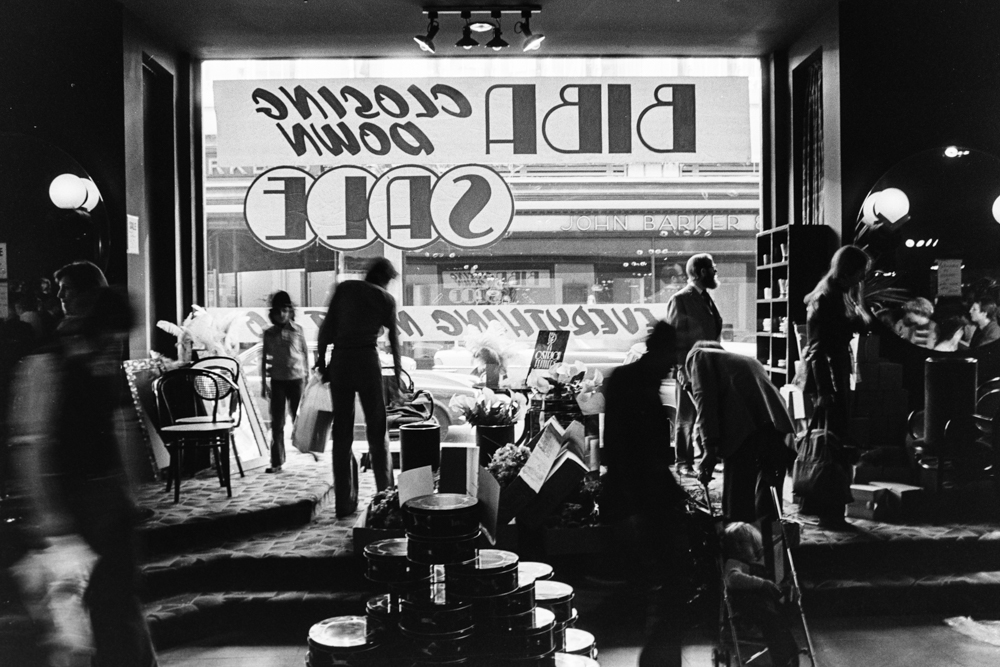
Soon to be no more
** George Best was a drunken lout of an Irishman who was also the best attacking footballer of his time, playing for Manchester United, then the best club. He died of alcoholism, aged 39, in 2005.
Nikon F, 28mm f/1.9 Vivitar at full aperture, Tri X, ‘scanned’ on the Nikon D800. I sure could have used modern ISOs in this settting!
